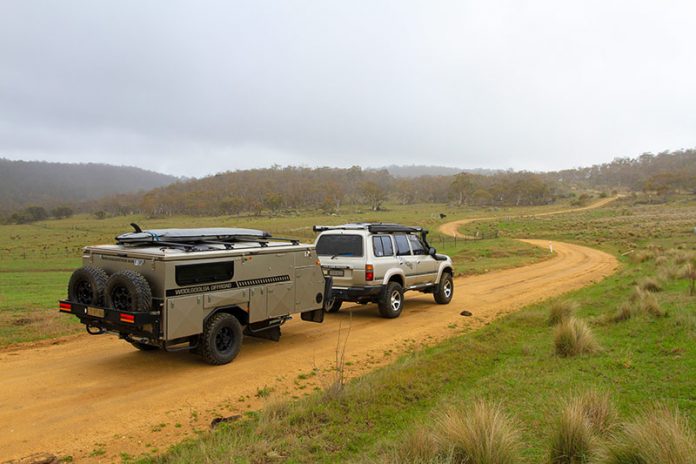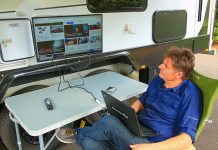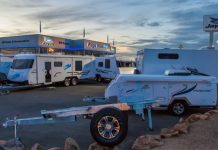Cooma is often regarded as being at the centre of the world famous Snowy Hydro Scheme and the gateway to some of the best snowfields that Australia has to offer. But it is also packed with history, with much to see and do, and great touring trails as well.
A good four-hour drive’s south of Sydney, Cooma is now a major regional centre and a great base from which to explore the surrounding area. ‘Cooma’ means ‘Big Lake’ and was named by the local Aboriginal people – and there’s definitely plenty of lakes around.
Explored by settlers in the early 1800s, it was soon realised that this region was full of open areas that made it excellent for grazing. The area has rich basalt soil and is regarded as the coldest region in Australia.
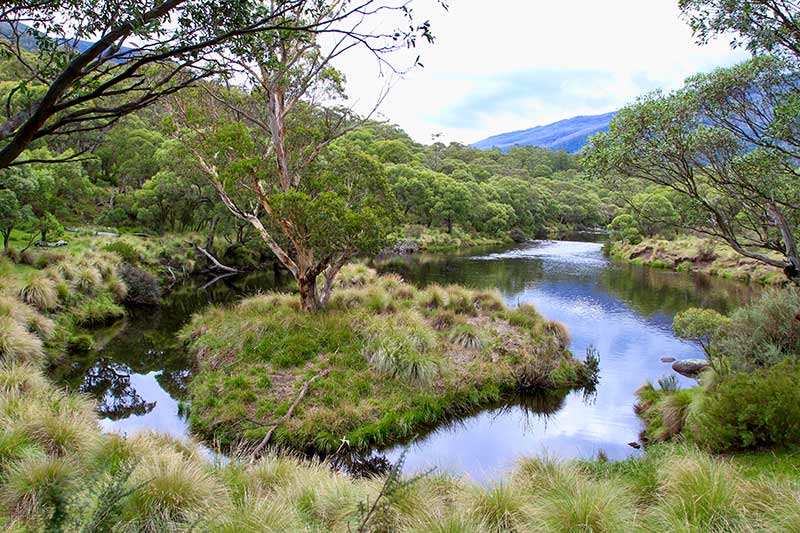
By 1850, plenty of substantial building had been erected, and the town grew as miners, prospectors and families moved in when gold was found nearby. The town emerged so quickly that by 1847 a local court was set-up, and by 1870 the Cooma jail was opened.
BEHIND BARS IN COOMA
Like many regional towns, the best place for a heads-up is the local tourist information centre.
Around town, there’s a 5km heritage walk past significant and historical buildings, several stunning park areas, memorials and lookouts. One of the main draw cards is the Snowy Hydro Discovery Centre located on the outskirts of town. You could spend hours here learning about this amazing feat, construction for which began in 1949, with Cooma becoming the ‘hub’ for the scheme.
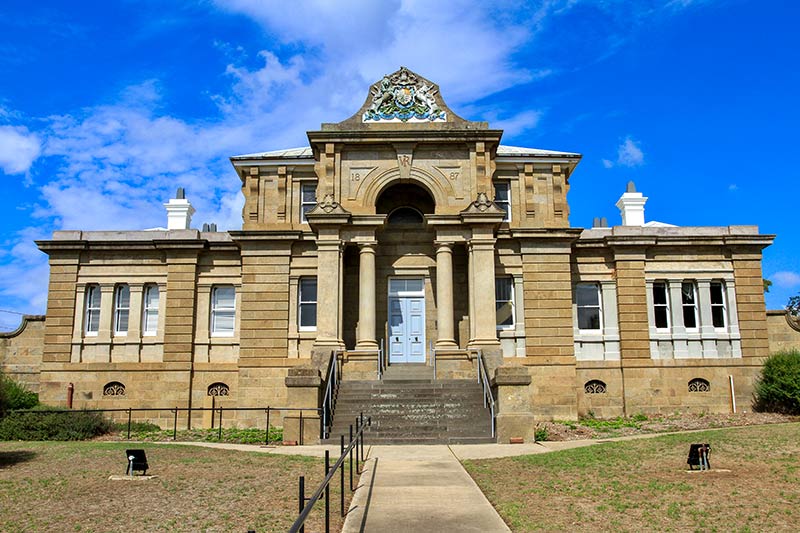
There are interactive displays, 3D models and much more to celebrate the pioneers who made this marvel work.
Also in town is the New South Wales State Correctional Gaol Museum, which provides an insight into what really goes on behind bars. You can learn all about the state’s 200-year penal history of incarceration from convict days to the present. It contains rooms full of memorabilia from jails all around Australia, actual items smuggled inside various gaols, and so much more – it’s easy to spend hours here.
The guides inside are ‘inmates’ who are on their ‘last stint’ before release. They’re happy to show you around as they describe escape attempts, answer questions about life on the inside and show you where other inmates hand-made items to sell in their own shop for extra money. Don’t miss this attraction.
KOSCIUSZKO NATIONAL PARK
Now, while you can lose yourself in Cooma, with boutique coffee shops and local history, it’s the outskirts where the real beauty lies. The landscapes are stunning and there are great touring trails to the west. Being close to the Snowy Mountains, one of the must-dos is to head out past Jindabyne to explore the stunning ranges in Kosciuszko National Park along the Alpine Way.
During winter, this place is a haven for all types of actives but, during summer, the park is significantly different – you can brave the cool mountain rivers for a dip, walk to the top of Mount Kosciuszko and camp in designated bush camps. Your daily entry fee allows you to camp for 24 hours.
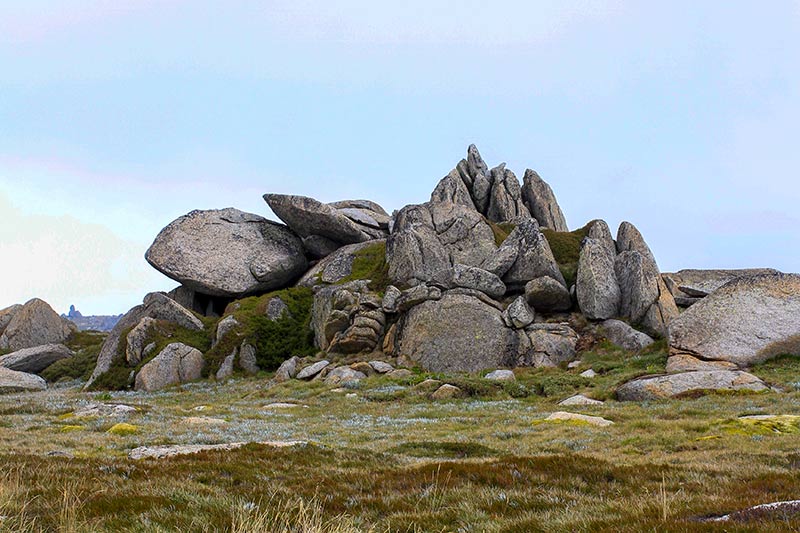
Two areas are set aside, just before Thredbo: The Diggings and Ngarigo. These sites are perfect to set-up base camp for a few days to explore the area. They back onto the Thredbo River, and there is plenty of scope to enjoy the walking and bike trails, be one with nature or just relax. There is also plenty of room for tents, swags and caravans. An added bonus: fires are allowed during non-fire-ban days.
For the series outdoors people, it’s only a 10-minute drive to Thredbo to hike up to the top of Australia highest and most spectacular mountain, Mount Kosciuszko.
It’s a full day of hiking but you’ll have stunning views across the ranges, with plenty of huge rock formations to view in awe. Towards the top, if the weather is right, Lake Cootapatamba can be seen. This is the highest and freshest lake in Australia.
With its bed of solid granite, this glacial lake freezes during winter. Its name means ‘where the eagles swoop to drink’. Aborigines used the mountain for nearly 20,000 years as a meeting place. Tribes from the Riverina, Monaro Plains and coast used to gather here for ceremonies, lay spirits to rest and to feast on local delicacies.
LAKE EUCUMBENE
Leaving camp, driving out of the park through Jindabyne, head north up along the Eucumbene River. Here, the bitumen soon turns too dirt. These roads pass through working pastoral sheep and cattle stations. Cool mountain Alpine gums and grasses cover the landscape. Towering ranges, such as the Strumbo and Toolong, seem to follow you. The mountains along here loom over the paddocks, shooting up to 2060m above the plains with crystal clear creeks running in between.
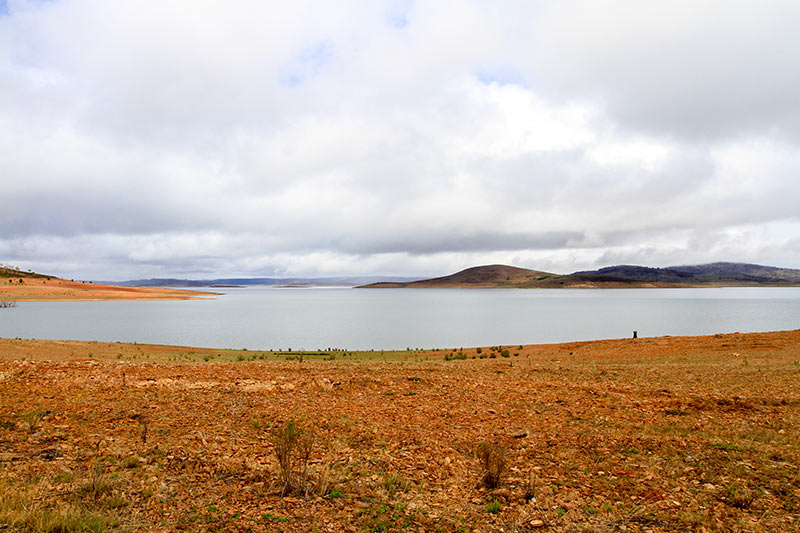
The road leads to Lake Eucumbene, towards the historical Adaminaby cemetery where, back in 1863, an acre of land was granted miles away from town to stop the spread of any diseases that the deceased may have had when they were laid to rest.
Those were harsh times in a harsh area, especially during winter, where many suffered from a host of complications from the cold, especially children.
The old Adaminaby town was flooded as part of the set-up of the Snowy River Scheme and, luckily even after 150 years, when the lake fills to capacity the lowest grave is still 5m above the waterline.
Yens Bay Road loops around the edge of the lake towards the old and present Adaminaby.
If you’re lucky and the lake is down around the 30 per cent mark, signs of the old town can be seen, including building foundations, grand concrete steps, water tanks and pieces of pipe sticking out of the ground.
GOLDFIELDS
It was around 1837 when explorers Cosgrove and York claimed the area to run cattle and sheep but when gold was found 20 years later, a settlement was established and it became a convenient stopover for travellers between Cooma and the goldfields to the north.
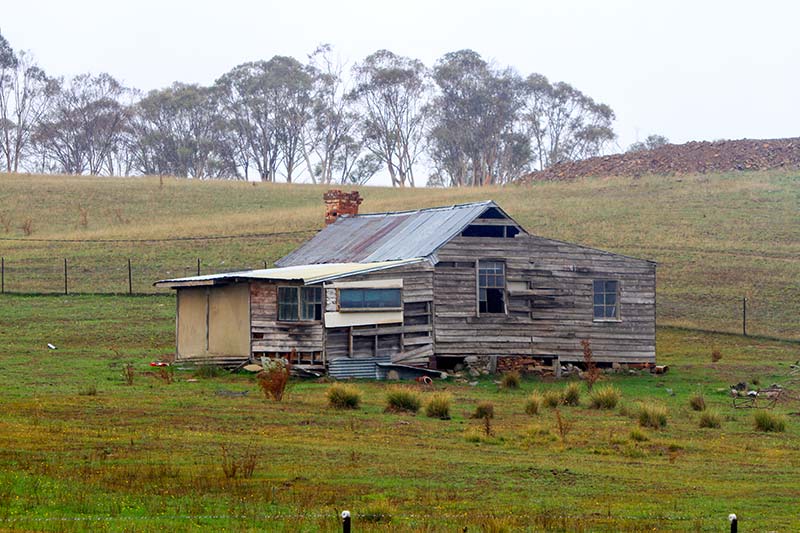
A butter factory, three pubs, several general stores, butcher shops and schools soon saw this town grow. Copper was also found nearby and the mill lasted until 1913.
But in 1956, the town was due to be flooded for the Snowy scheme so 102 buildings were moved to higher ground and several churches were meticulously dismantled and rebuilt.
The Kosciuszko goldfields were discovered 40km north-west of Adaminaby at Kiandra. Now a ghost town where only a few relics, chimneys and the cemetery remain, this was a bustling town with nearly 10,000 people in the area. The rush was on to find gold, buildings were quickly erected and many of the miners endured harsh living conditions, living in tents often only covered with calico. But it was short-lived. Two years later, the population reduced drastically, yet during those two years they built a bank, installed a telephone service, shops and two court houses (one was for setting charges and the other was used by police for the lock-up), mostly made from locally sourced granite.
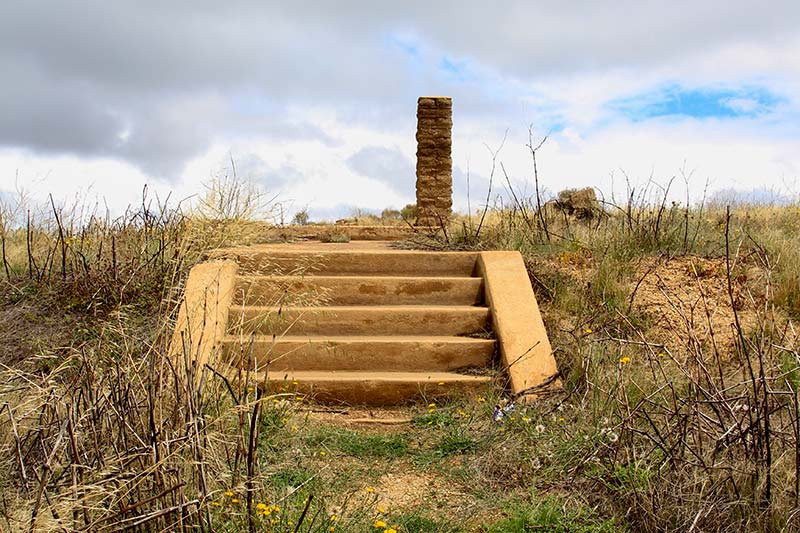
These days, you can wander the history trail, reading the plaques, looking at what is left and gazing across the plains, just trying to imagine how harsh it would have been back in the day.
One story goes that back in 1891 there were nearly 60 children attending the government-funded school, which had cracks in the walls and only hessian covering the windows, allowing snow and ice to be blown inside and to gather on the roof.
More funding was sought for the school house and a water race was dug to the school for fresh water, but it undermined the foundations and soon became unusable.
Another story has it that the local store owner died after slipping in the shop and landing on a knife with a poisoned blade.
By 1900, most buildings had fallen into disrepair with only stonework and thick steel left to weather away.
Nearby, at Chum Hill, you can still see evidence of the mines, sluicing channels and dams dug by Chinese immigrants. It was here in the river where a 9kg nugget was found. These goldfields were often regarded as the highest in Australia at nearly 1410m above sea level.
The Snowy region of New South Wales is packed with significant history and while it might not have adventurous offroad tracks, it should be on your list to explore during the warmer months.
More information: https://visitcooma.com.au


